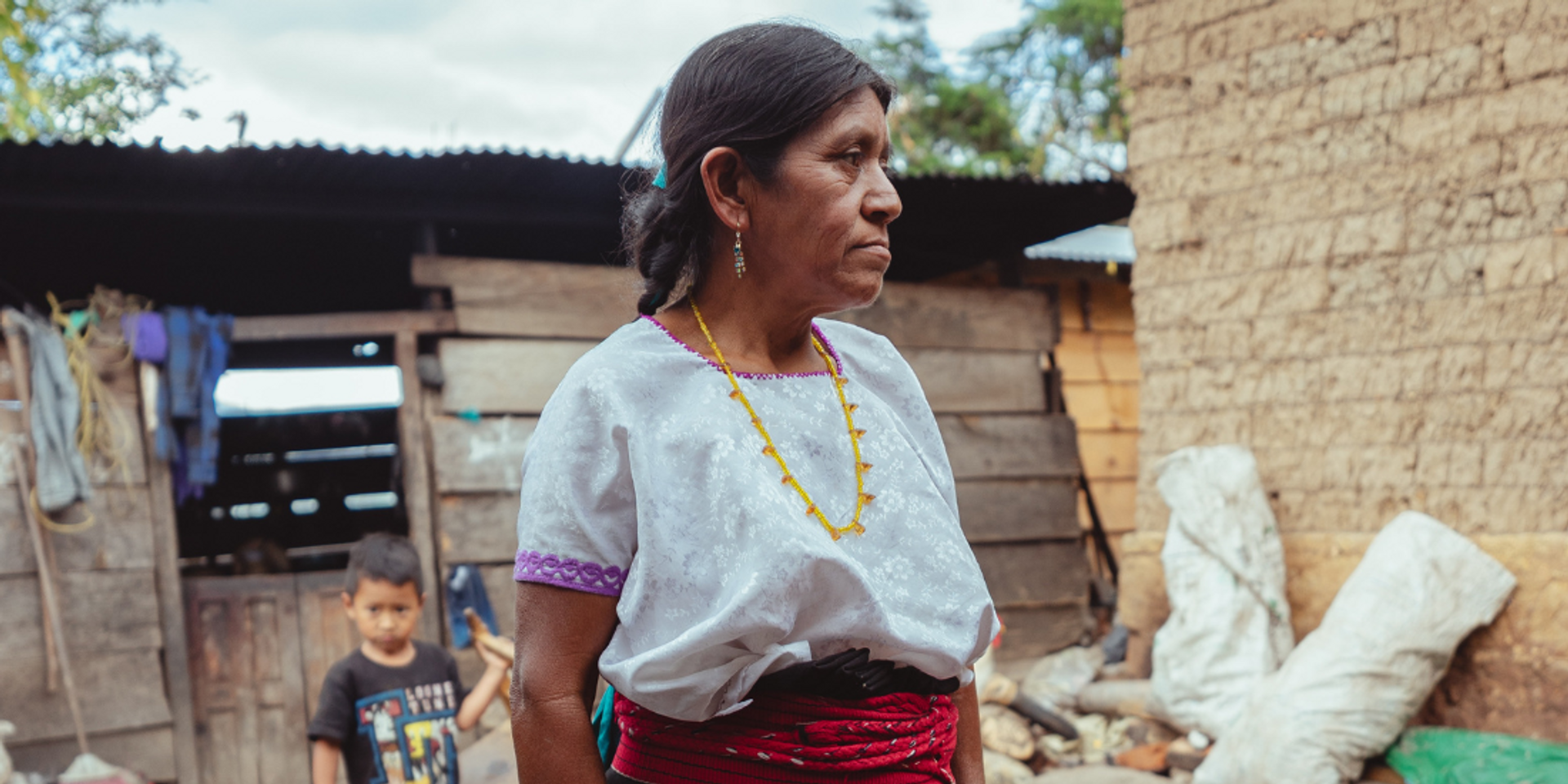How Many Rivers Are There in Mexico?
According to the National Water Commission (Comisión Nacional del Agua, CONAGUA), there are 386 rivers in Mexico as a whole. These rivers range in length, significance, and size, but they all contribute to the nation’s ecosystem and water supply. The Rio Grande, which runs for 3,034 kilometers along part of the border between Mexico and the United States, is the longest river in Mexico.
Important Rivers in Mexico
Some of the most important rivers in Mexico are:
- Grijalva-Usumacinta: With 1,048 kilometers, this river is the second-longest in Mexico. It is a vital water source for irrigation, hydroelectric generation, and transportation that passes through the states of Chiapas and Tabasco.
- Balsas: With a length of 771 kilometers, this river is the third-longest in Mexico and flows through the states of Guerrero, Michoacán, and México. It is a crucial supply of water for hydroelectric production and agriculture.
- Lerma: This 750-kilometer-long river traverses the Mexican states of Michoacán, Guanajuato, and Jalisco. It is a significant source of water for both Mexico City’s drinking water supply and for use in agriculture.
- Santiago: This river has a length of 433 kilometers and flows through the states of Jalisco and Nayarit. It is a crucial source of water for fishing and agriculture.
Conclusion
Overall, Mexico contains 386 rivers, which vary in size, length, and significance. These rivers provide water for irrigation, hydroelectric generation, transportation, and recreation, which is essential to the nation’s ecological, economy, and culture. In Mexico, the Rio Grande, Grijalva-Usumacinta, Balsas, Lerma, and Santiago are a few of the most significant rivers. For Mexico’s attempts at conservation and sustainable development, it is essential to comprehend the significance of these rivers.

